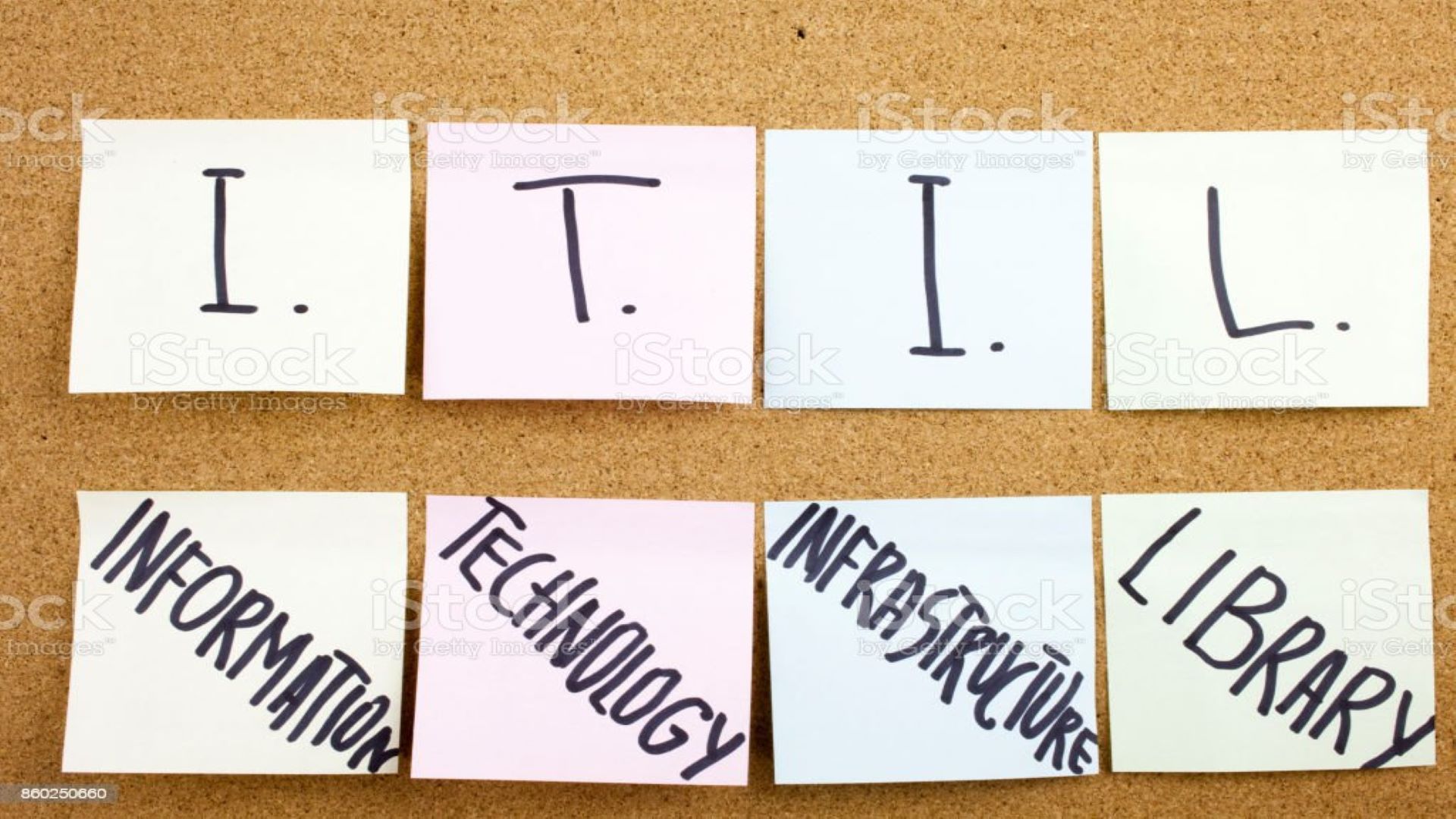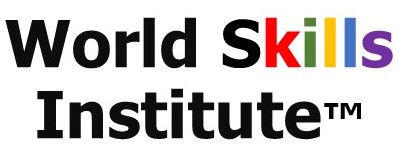
Course Curriculum:
Lesson 01 – Course Introduction
1.01 ITIL 4 Strategist Direct Plan and Improve
Lesson 02 – Key Concepts of DPI
2.01 Key Concepts of Direct, Plan, and Improve (DPI)
2.02 Direction
2.03 Policies and Guidelines
2.04 Risks and Controls
2.05 Planning
2.06 Improvement
2.07 Governance, Compliance, and Management
2.08 Applying the Guiding Principles
2.09 Operational Model
2.10 Value, Outcomes, Costs, and Risks
2.11 Key Takeaways
Lesson 03 – Key Principles and Methods
of Direction and Planning
3.01 Key Principles and Methods of Direction and Planning
3.02 Strategy and Cascading Goals and Requirements
3.03 Define Effective Policies, Controls, and Guidelines
3.04 Effective Controls
3.05 Effective Guidelines
3.06 Decision Making at the Right Level
3.07 Key Takeaways
Lesson 04 – Governance, Risk, and Compliance
4.01 Governance, Risk, and Compliance
4.02 Structures and Methods for Decision Making
4.03 Governance of Service Provider
4.04 Role of Risk Management
4.05 Key Takeaways
Lesson 05 – Continual Improvement
5.01 Continual Improvement
5.02 Continual Improvement Culture
5.03 Continual Improvement in Organization
5.04 The Continual Improvement Model
5.05 Step One: What Is the Vision?
5.06 Step Two: Where Are We Now?
5.07 Step Three: Where Do We Want to Be?
5.08 Step Four: How Do We Get There?
5.09 Creating an Action Plan
5.10 Step Five: Take Action?
5.11 Step Six: Did We Get There?
5.12 Step Seven: How Do We Keep the Momentum Going?
5.13 Measurement and Reporting in Continual Improvement
5.14 Assessments
5.15 Gap Analysis
5.16 SWOT Analysis
5.17 Change Readiness Analysis
5.18 Customer or User Satisfaction Analysis
5.19 SLA Achievement Analysis
5.20 Benchmarking
5.21 Maturity Assessment
5.22 Business Case
5.23 Building a Business Case
5.24 Communicating and Advocating for a Business Case
5.25 Key Takeaways
Lesson 06 – Communication and Organizational Change Management
6.01 Communication and Organizational Change Management
6.02 Communications Principles
6.03 Communication Is a Two-Way Process
6.04 We Communicate All the Time
6.05 Timing and Frequency Matter
6.06 No Single Method of Communication Works for Everyone
6.07 The Message Is in the Medium
6.08 Communication Methods and Media
6.09 Examples of Communication Methods
6.10 Defining and Establishing Feedback Channels
6.11 Identifying and Communicating with Stakeholders
6.12 Stakeholder Mapping
6.13 Understanding Stakeholders
6.14 Basics of Organizational Change Management (OCM)
6.15 Essentials for Successful Improvement
6.16 OCM Throughout Direction, Planning, and Improvement
6.17 Establishing Effective Interfaces across the Value Chain
6.18 Key Takeaways
Lesson 07 – Measurement and Reporting
7.01 Measurement and Reporting
7.02 Basics of Measurement and Reporting
7.03 Key Concepts of Measurement and Reporting
7.04 Defining and Using Measurement and Reporting
7.05 Reasons for Measuring
7.06 Types of Measurement
7.07 Relationship between Measurement and Behavior
7.08 Measurement Cascades and Hierarchies
7.09 Balanced Scorecard
7.10 Success Factors and KPIs
7.11 Key Takeaways
Lesson 08 – Value Streams and Practices
8.01 Value Streams and Practices
8.02 Value Stream Mapping
8.03 Developing a Value Stream Map
8.04 Types of Waste
8.05 Increasing the Detail in Value Stream Maps
8.06 Measurement and the Four Dimensions
8.07 Measurement of Partners and Suppliers
8.08 Measurement of Value Stream and Processes
8.09 Process Metrics
8.10 Value Stream and Processes in the SVS
8.11 Relationship between Value Streams and Practices
8.12 Relationship between Value Streams and Processes
8.13 Designing a Workflow
8.14 Workflow Metrics
8.15 Key Takeaways
